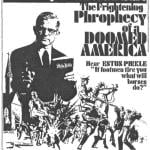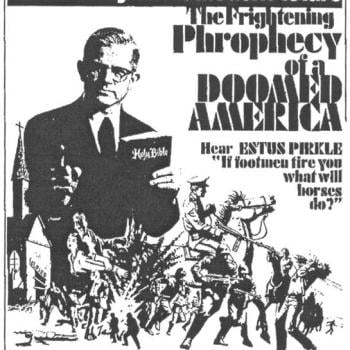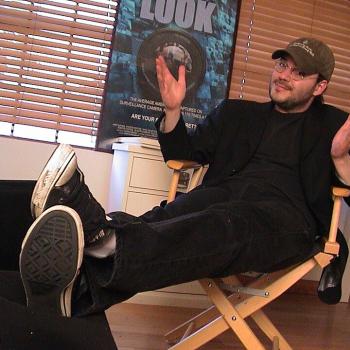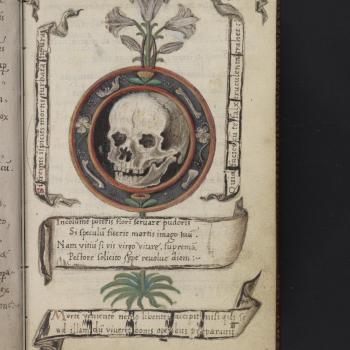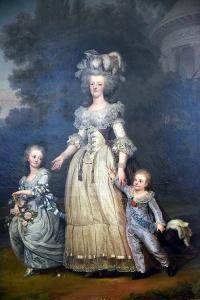
Source: Wikimedia
License
Confession: the only Sofia Coppola movie I’d seen until last week was The Bling Ring (2013). Confession: I didn’t care for The Bling Ring. Confession: of the three Coppola joints set before me in the last week—her best-known films from The Virgin Suicides (1998) through the subject of this essay—only one resonated. One spoke to me, cried out and found a listening ear. The phrase? Let them eat cake!
I remember when Marie Antoinette (2006) came out, and I was far too young, male, and at baseball practice to care. I vaguely remember some controversy about Chuck Taylors and Iggy Pop or whatever. Kirsten Dunst saying “the line.” In retrospect, it all seemed so 2006.
Ladies, gentlemen, those in between—I was wrong. Marie Antoinette deploys the occasional punk or industrial track to bring late eighteenth-century Versailles to life. The piccolo just doesn’t do it for us anymore. Behind the petticoats, powdered wigs, and be-ribboned shoes lies the fundamental human desire for fun, an infatuation with surfaces. We love to lose ourselves in things. And Marie Antoinette, plucked as a teenager from Habsburg Austria, does just that.
She faces demands too. Most notably, she must produce an heir. Her husband Louis’ virile brothers seem to have no problem siring. So, what’s up with him? Or, rather so far as the court and society (including her own mother) are concerned: what’s up with her? Can she not seduce him? Louis, we learn, is technically minded, shy, not a bad man but not much for lovemaking. Asexual? Probably not. But he’s not going out of his way.
Long stretches of the film pass sans dialogue. What little human noise we do get is chatter, gossip. What’s with the king’s mistress? Why isn’t the dauphine pregnant? Did you see those shoes? This is always the reality of court life, vain and self-obsessed. Versailles, however, is the Platonic ideal of court life, Real Housewives for the ancien regime. Coppola captures this fact masterfully. She created what The White Lotus (2021-Present) believes itself to be.
The film is a portrait of life in a dollhouse. With total commitment, it labors over sumptuous meals, big wigs, and manicured trees because that is the essence of its subject’s life. These aristocrats are prisoners of their own position, wastrels and scoundrels with very human desires. If audiences need a Converse or two to understand that, fine by me.
Do I wish Coppola had covered the Affair of the Diamond Necklace? Do I wish we’d gotten more Maria Theresa? Yes and yes. Coppola, however, did not set out to please the history nerds. She set out to bring history to life. In this, she succeeds—her obsession with surfaces and female imprisonment finds the perfect subject matter.


